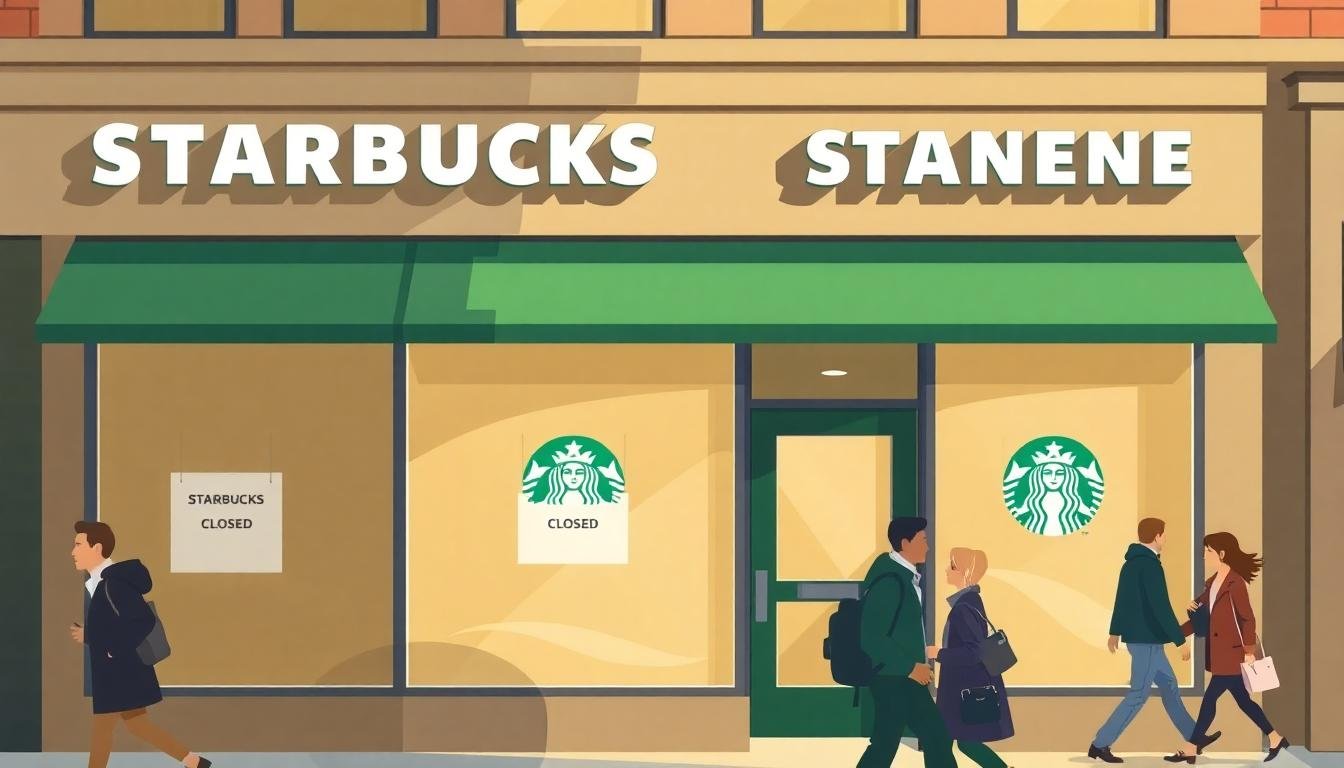Quick summary
- SWIFT is introducing new rules for retail cross-border payments to improve speed, predictability, and transparency.
- Banks will aim for clear upfront costs, consistent delivery times, and real-time status updates.
- Alongside rule changes, SWIFT is testing blockchain-based settlement with major banks, plus AI-driven fraud defenses.
- Expect faster payments for consumers and small businesses, and more reliable tracking end to end.
Why SWIFT is making changes now
Cross-border payments have long been slow, opaque, and costly. People want the experience to feel like local transfers: quick, simple, and trackable. Fintechs and crypto-native networks raised the bar with near real-time settlement and transparent fees. Banks know it is time to match that experience. SWIFT’s new rules for retail cross-border payments are a direct response. The goal is to create a consistent baseline across the network, so customers get predictable results no matter which banks are in the chain.
What the new rules promise
While the specific wording sits with SWIFT and member banks, the outcomes aim to be clear:
- Predictable delivery times: Payments should arrive within a known time window. Many will settle in minutes or hours, not days.
- Transparent costs: Customers should see fees upfront, with fewer surprises at the receiving end.
- End-to-end tracking: A live payment status, from initiation to completion, similar to parcel tracking.
- Broader reach: Reliability across billions of accounts, across many currencies and corridors.

How this helps consumers and small businesses
For people sending money abroad, time and cost matter. They want funds to arrive fast, with fees they can understand. With better rules and stronger tracking, senders can see where a payment is, how long it will take, and what each step costs. That reduces stress and follow-up calls.
Small and medium businesses feel these pains even more. Delays tie up cash flow. Missing fee info can eat into margins. A clearer, faster experience can help small exporters, freelancers, and global marketplaces get paid on time and plan better.
SWIFT’s technology track: blockchain and AI
Beyond rule changes, SWIFT and member banks are testing new technology. Two areas stand out: blockchain-based settlement and AI-driven fraud controls.
1) Blockchain pilots
Banks have been exploring how to blend SWIFT’s trusted messaging with blockchain settlement. In pilots, transactions can include both instructions and value movement, with near real-time visibility. This can cut settlement from days to minutes or hours, while keeping compliance checks in place. The privacy tech in modern blockchains, paired with strict controls, aims to protect sensitive data as value moves across networks.

2) AI fraud detection
Fraud is a major challenge at speed. SWIFT and partner banks have run large-scale tests using AI to flag high-risk patterns in near real time. Early results show better detection rates without slowing down the whole network. As these models improve, banks can step up their defenses while keeping payments flowing.
What this means for banks and fintechs
For banks, the new rules will push consistent service levels across corridors. That means upgrades to tracking, compliance coordination, and customer communications. Banks that move fast can win customers on reliability and transparency.
For fintechs, the bar is rising. Many have competed on speed and clarity. As banks catch up, fintechs will need to differentiate on user experience, niche features, or specialized corridors. But this is also a chance to partner. Fintechs can bring wallet experiences, better onboarding, and smart FX routing, while banks offer scale, regulatory depth, and access to accounts worldwide.
Key benefits to watch for
- Faster settlements: Many payments completing in minutes or hours.
- Live status updates: Less guesswork; fewer support tickets.
- Clearer pricing: Upfront fees and fewer deductions en route.
- Improved security: AI-based fraud checks with lower false positives.
- Better compliance alignment: Standardized rules reduce friction across banks.

Potential challenges and open questions
- Global consistency: Not all corridors are equal. Some will adopt changes faster than others.
- Legacy systems: Banks may need to modernize tech stacks to meet real-time expectations.
- Data privacy: Visibility is good, but sensitive information must stay secure across borders.
- Fees and FX spreads: Transparency helps, but competitive pricing still matters.
- Interoperability: Blockchain pilots must work with existing rails and compliance rules at scale.
What to do now if you send or receive cross-border payments
- Ask your bank about delivery times: Get typical windows by corridor and currency.
- Confirm fees upfront: Request an estimate that includes potential intermediary costs.
- Use tracking links: If available, share a live status view with recipients to reduce back-and-forth.
- Compare corridors: Some routes may be faster or cheaper. Plan around the best paths for your needs.
- Set internal SLAs: If you are a business, align your payment terms with expected delivery times.
SWIFT and member banks are moving to make international payments feel like local transfers. New network rules target speed, transparency, and predictable delivery. At the same time, pilots with blockchain and AI show how the network can evolve further. Consumers get faster, clearer outcomes. Small businesses get better control over cash flow. Banks and fintechs get a shared framework to compete on service, not just reach. Watch how your own corridors improve over the coming months, and ask your providers how they are adopting the new standards.
To contact us click Here .







